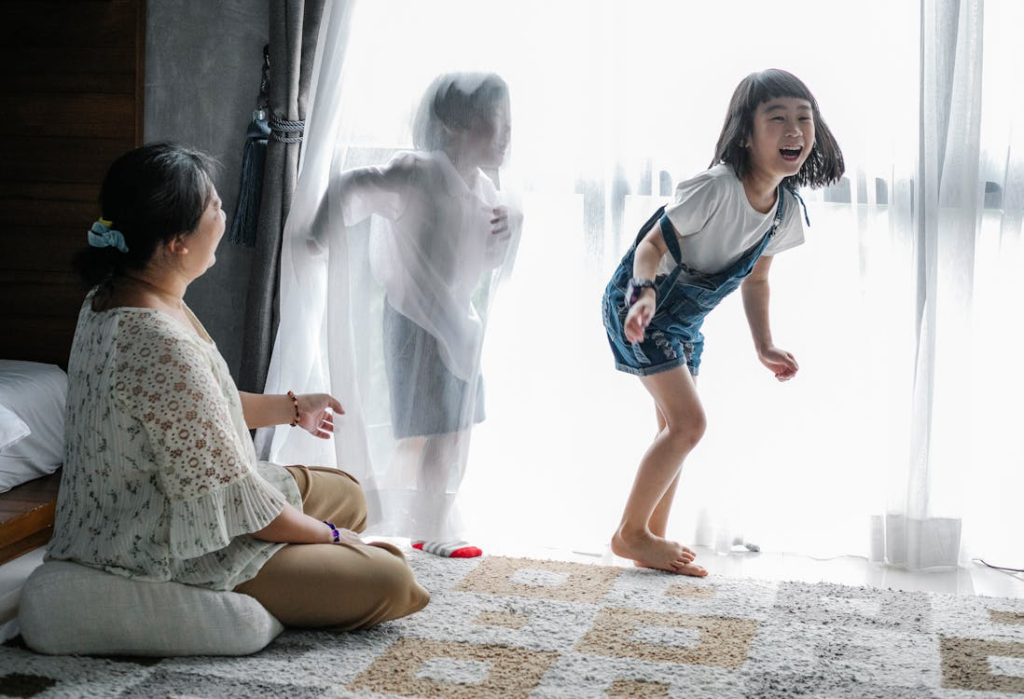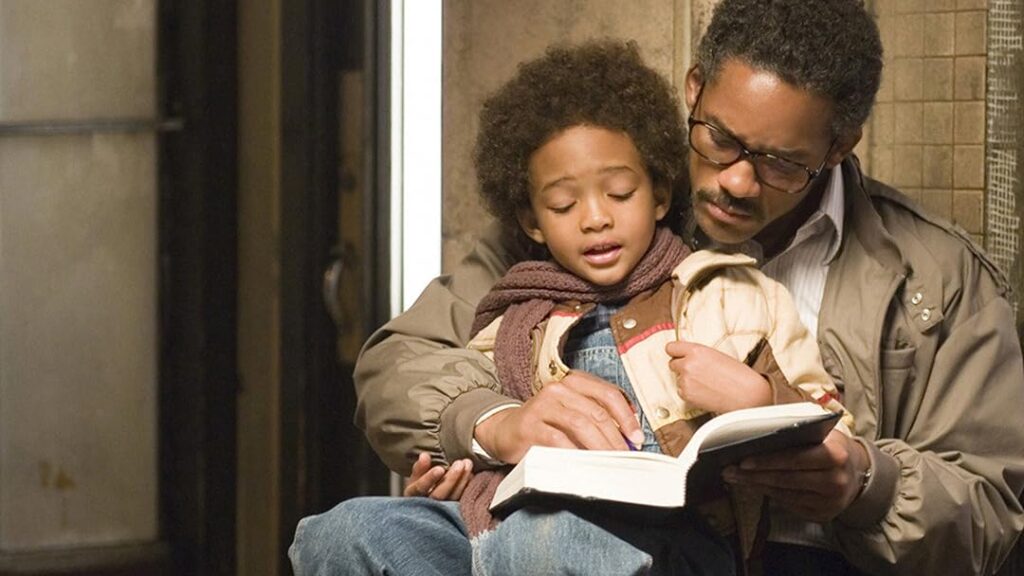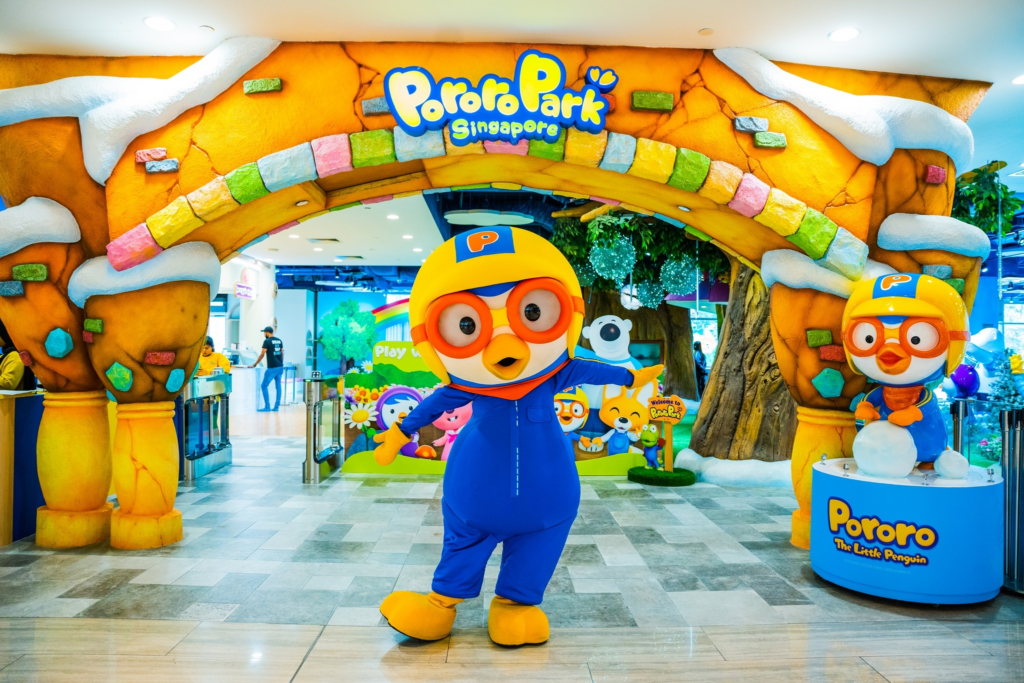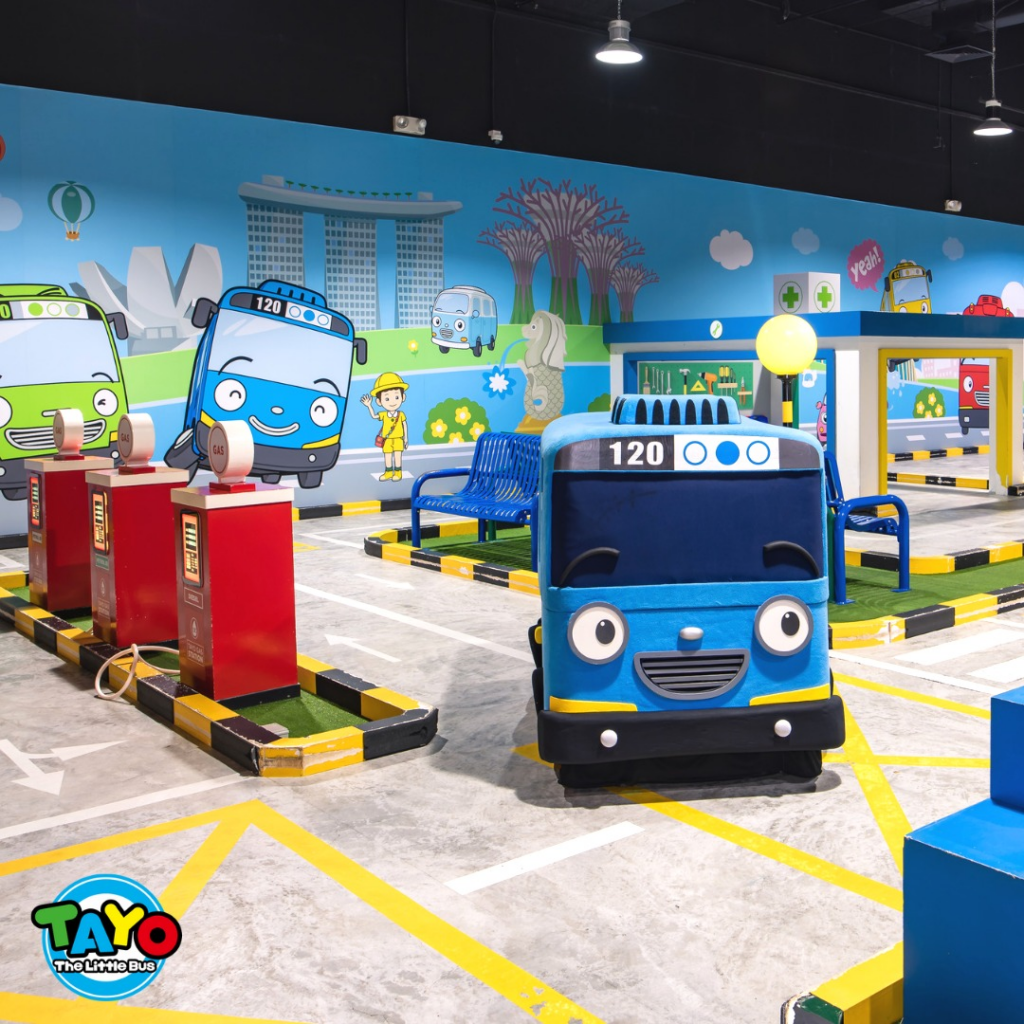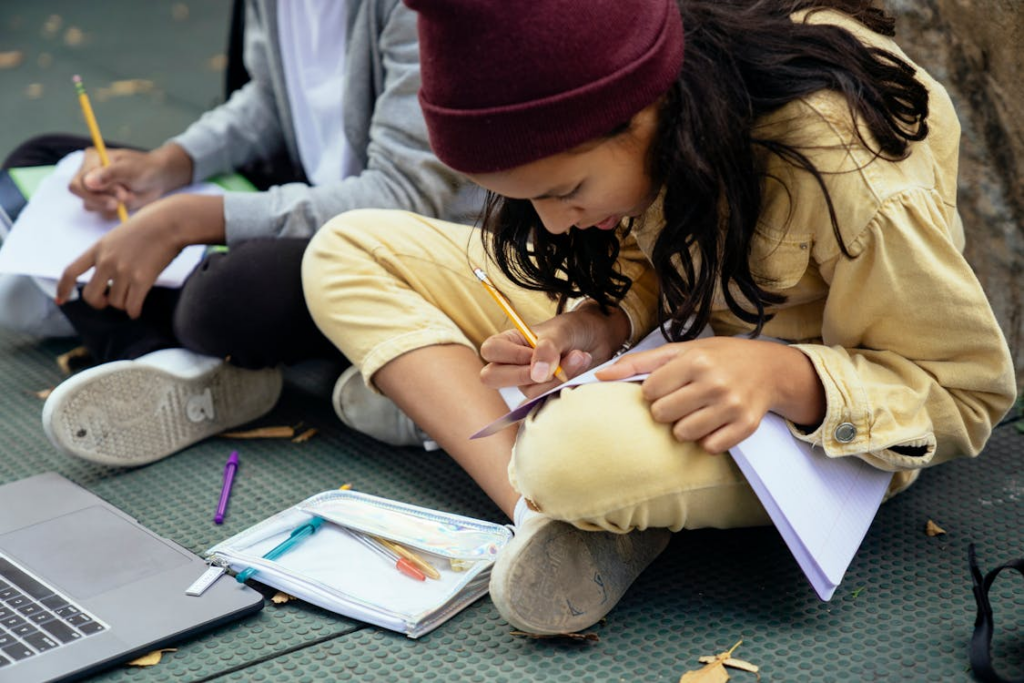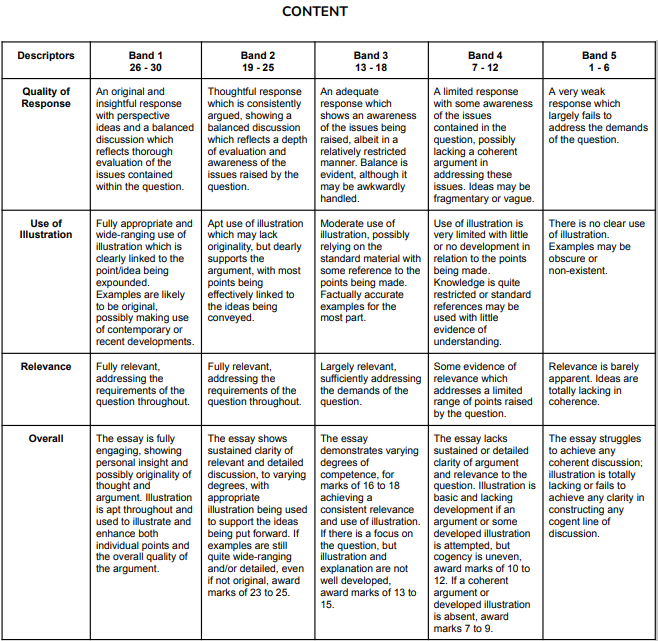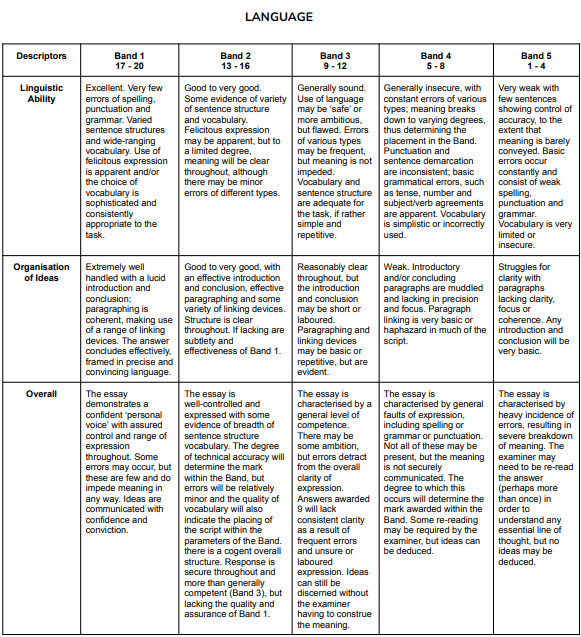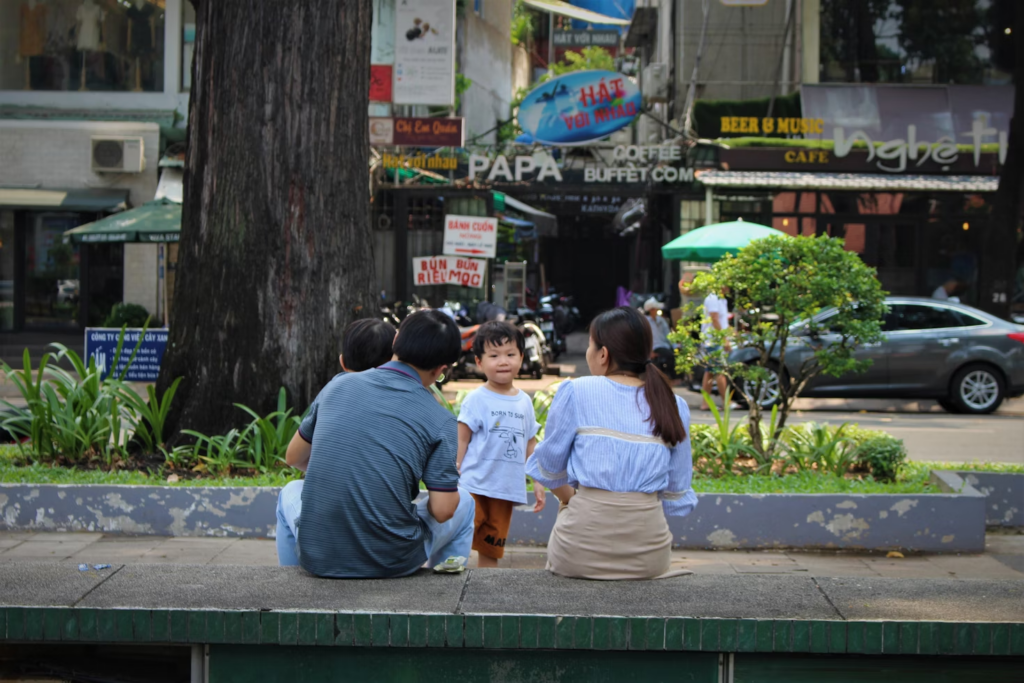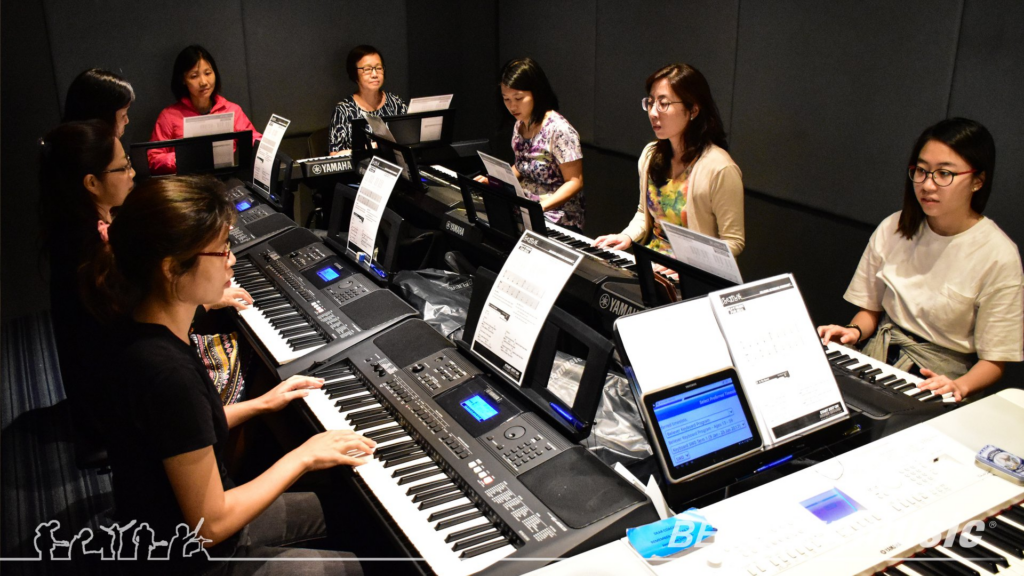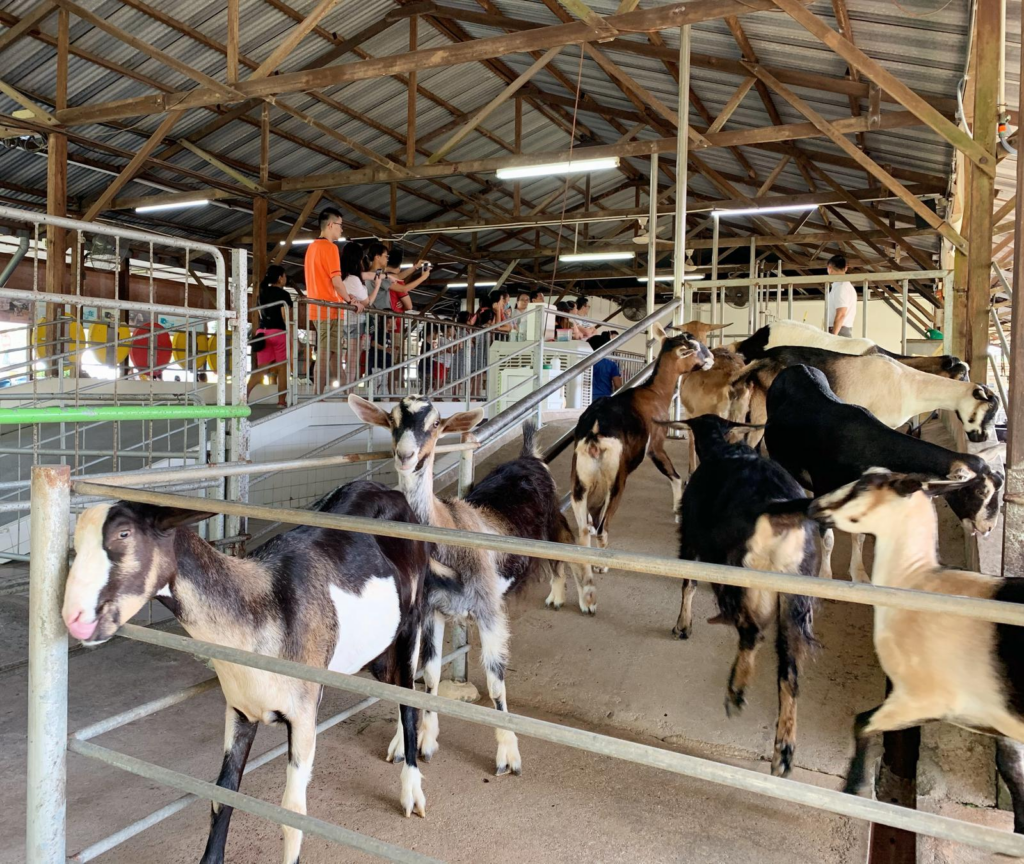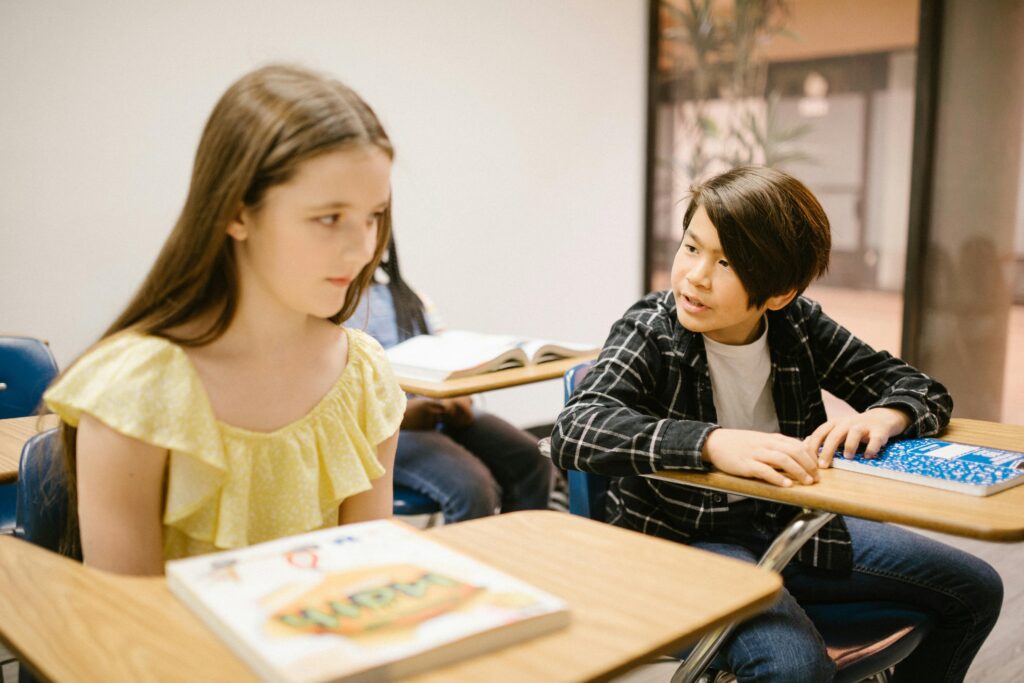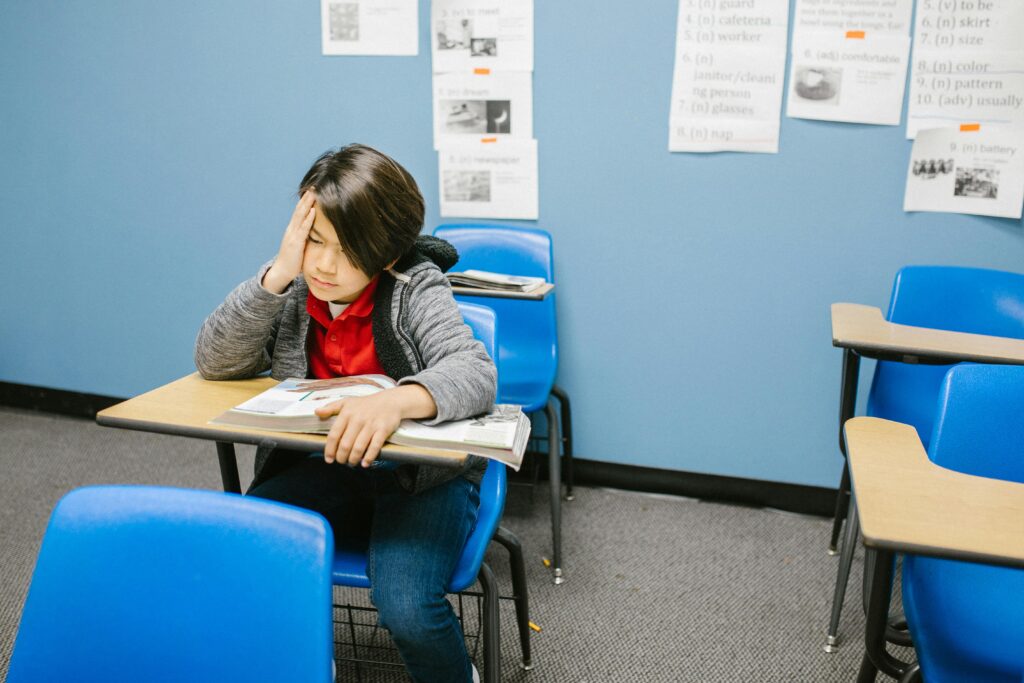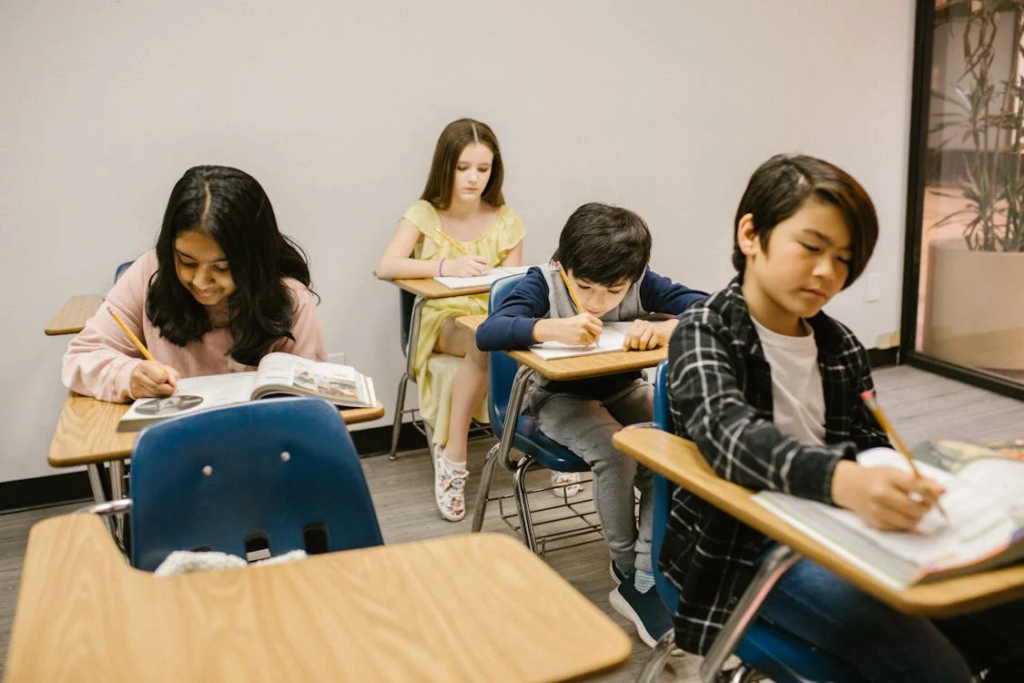"The Paris 2024 Olympics are set to dazzle from July 26 to August 11, featuring over 10,000 athletes and showcasing Singapore's talent with 23 competitors across 11 sports."

The Olympics are back! Officially known as the Games of the XXXIII Olympiad and branded as Paris 2024, the tournament will take place from 26 July to 11 August 2024. With over 10,000 athletes from 206 countries competing in 32 different sports, this year’s Games promise to be a spectacular showcase of athleticism and talent. Singapore is joining the action with a team of 23 athletes who will be representing the nation across 11 different sports.
The history of the Olympics

The Olympics have a rich history that dates back to ancient Greece. Originally part of a religious festival honouring Zeus, the king of the Greek gods, these early Games were held in Olympia, a sanctuary named after Mount Olympus, the highest mountain in Greece. This site was considered the dwelling place of the most powerful deities in Greek mythology.
The ancient Olympic Games began in 776 BC and continued every four years for nearly 12 centuries, from 776 BC until 393 AD. During this period, the Games were exclusively staged in Olympia, and only male citizens of Greek city-states were allowed to compete.
After a long pause of 1,503 years, the Olympics were revived with the first modern Games held in Athens, Greece, in 1896. This revival was spearheaded by Baron Pierre de Coubertin, who proposed the idea in 1894. The Olympic Flame, a symbol introduced in the 1928 Amsterdam Games, was a new tradition, though the ancient Games did not feature a torch relay. The modern torch relay began at the 1936 Berlin Games, adding a ceremonial touch to the event.
Looking ahead, the 2024 Summer Olympics will be hosted in Paris, France, across 41 venues. Surfing will take place in Teahupo’o, Tahiti, showcasing the global nature of the Games. The Paris Games will feature a broad range of traditional sports, including gymnastics, athletics, fencing, archery, badminton, and table tennis. Additionally, four non-traditional sports will make their mark: skateboarding, sport climbing, surfing, and breaking (break dancing), with breaking making its Olympic debut. Skateboarding, sport climbing, and surfing were first introduced at the 2020 Tokyo Games.
Singapore Athletes at the Olympics

Singapore is continuing a tradition that began with its debut at the 1948 London Games. Since then, the country has participated in every edition of the Games, with two notable exceptions: in 1964, Singapore competed as part of the Malaysian team in Tokyo, and in 1980, it joined the boycott of the Moscow Games in support of the United States.
This year, Singapore’s delegation will be led by former Olympian and sailor Tan Wearn Haw, who has been chosen as the Chef de Mission for the Paris 2024 Games. The team will feature a mix of veteran athletes and promising newcomers, with 23 athletes set to represent the nation. Shanti Pereira and Ryan Lo have been honoured with the role of flag bearers, symbolising the pride and spirit of Singapore as they march into the Olympic arena.
How to Watch the Paris 2024 Olympics and Key Dates

To catch all the action of the Paris 2024 Olympics, Mediacorp will be your go-to source, offering 14 channels of coverage. You can follow daily broadcasts on Channel 5 and stream events on MeWatch. The focus will be on Team Singapore athletes competing in various sports, including swimming, table tennis, and badminton.
Here’s a quick look at some of the key events featuring Singaporean competitors:
July 30
- 5:00 PM: Equestrian Individual Dressage with Caroline Rosanna Chew
- 5:15 PM: Swimming Men’s 100m Freestyle with Jonathan Tan
- 5:44 PM: Swimming Women’s 1500m Freestyle with Gan Ching Hwee
July 31
- 1:30 PM: Badminton Women’s Singles with Yeo Jia Min
- 5:00 PM: Swimming Women’s 200m Breaststroke with Letitia Sim
August 1
- 1:30 PM: Badminton Men’s Singles with Loh Kean Yew
- 5:15 PM: Swimming Men’s 50m Freestyle with Jonathan Tan
- 6:15 PM: Sailing Men’s Dinghy with Ryan Lo
August 2
- 3:00 PM: 25m Pistol Women’s Qualification Precision Shooting with Teh Xiu Hong
- 4:35 PM: Athletics Women’s 100m with Shanti Pereira
- 5:35 PM: Swimming Women’s 800m Freestyle with Gan Ching Hwee
August 3
- 4:35 PM: Athletics Men’s 100m with Marc Brian Louis
- 6:45 PM: Women’s 4x100m Medley Relay featuring Levenia Sim, Letitia Sim, Gan Ching Hwee, and Quah Jing Wen
August 4
- 4:55 PM: Athletics Women’s 200m with Shanti Pereira
- 6:15 PM: Sailing Men’s Kite with Max Maeder
August 7
- 3:00 PM: Golf Women’s Individual Stroke Play with Shannon Tan
- 3:30 PM: Canoe Sprint Women’s Kayak Single 500m with Chen Jiexian Stephenie
For the complete competition schedule, be sure to check out the full listing here.

















